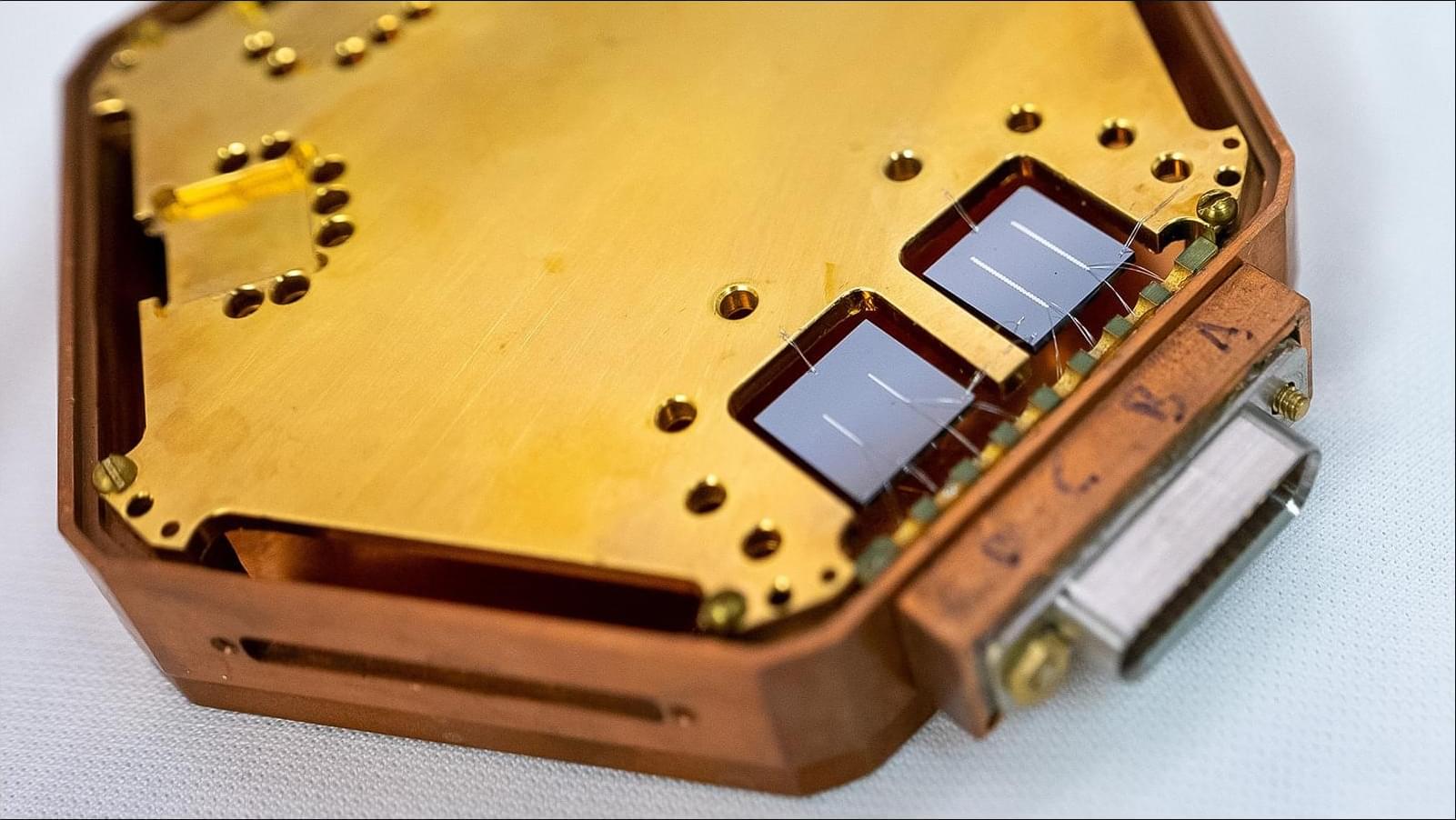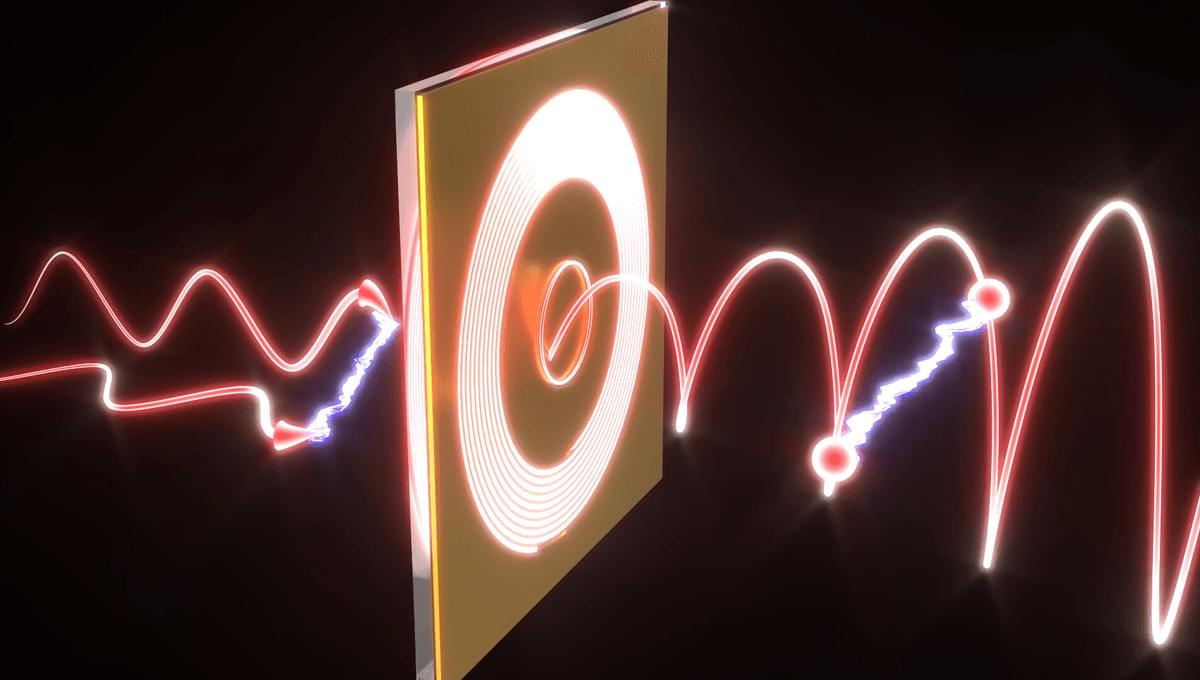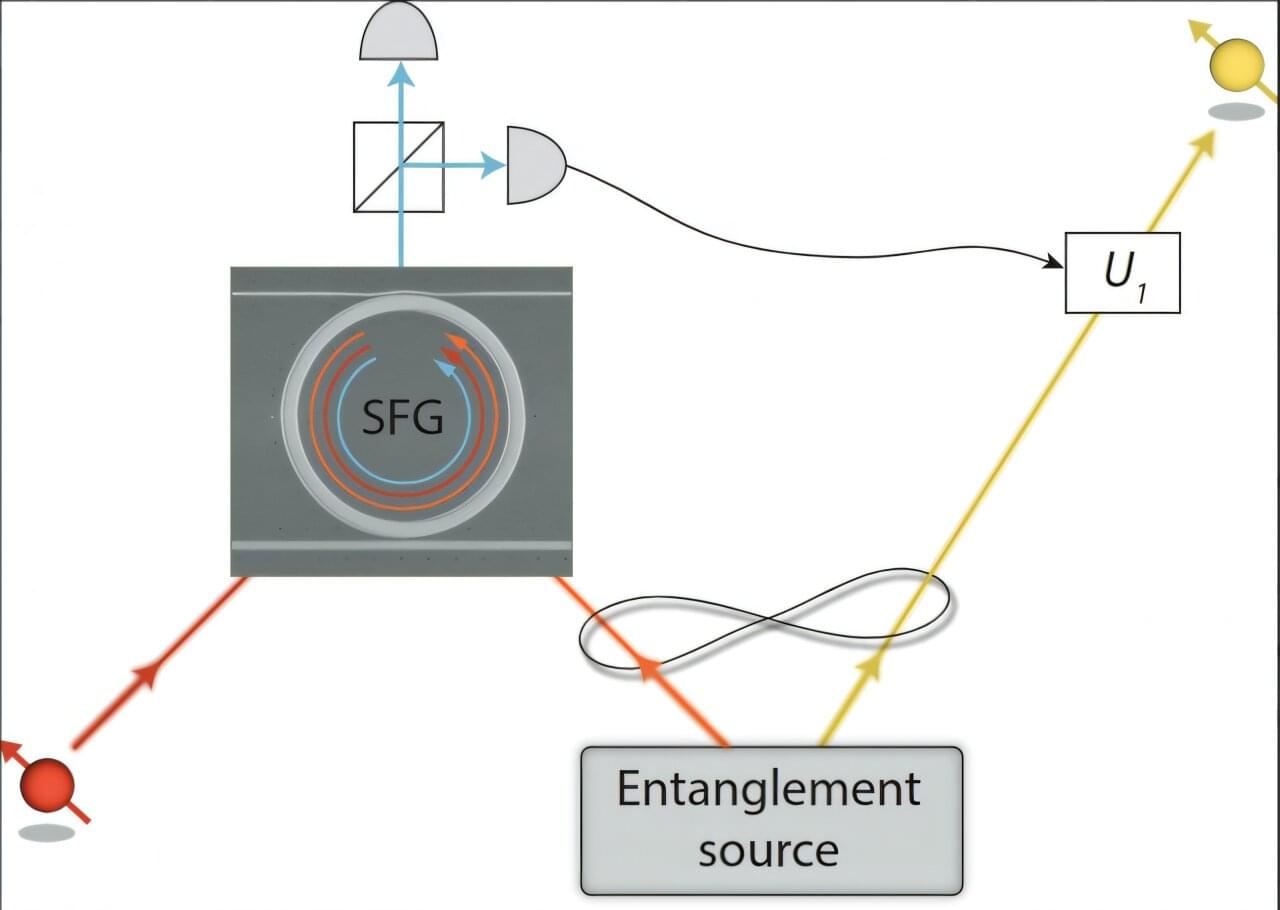Paper link : https://journals.aps.org/prl/abstract/10.1103/PhysRevLett.134.
Chapters:
00:00 Introduction.
00:49 Breaking the Classical Wall – What the Game Revealed.
02:32 Entanglement at Scale – Knots, Topology, and Robust Design.
03:51 Implications – A New Era of Quantum Machines.
07:37 Outro.
07:47 Enjoy.
MUSIC TITLE : Starlight Harmonies.
MUSIC LINK : https://pixabay.com/music/pulses-starlight-harmonies-185900/
Visit our website for up-to-the-minute updates:
www.nasaspacenews.com.
Follow us.






